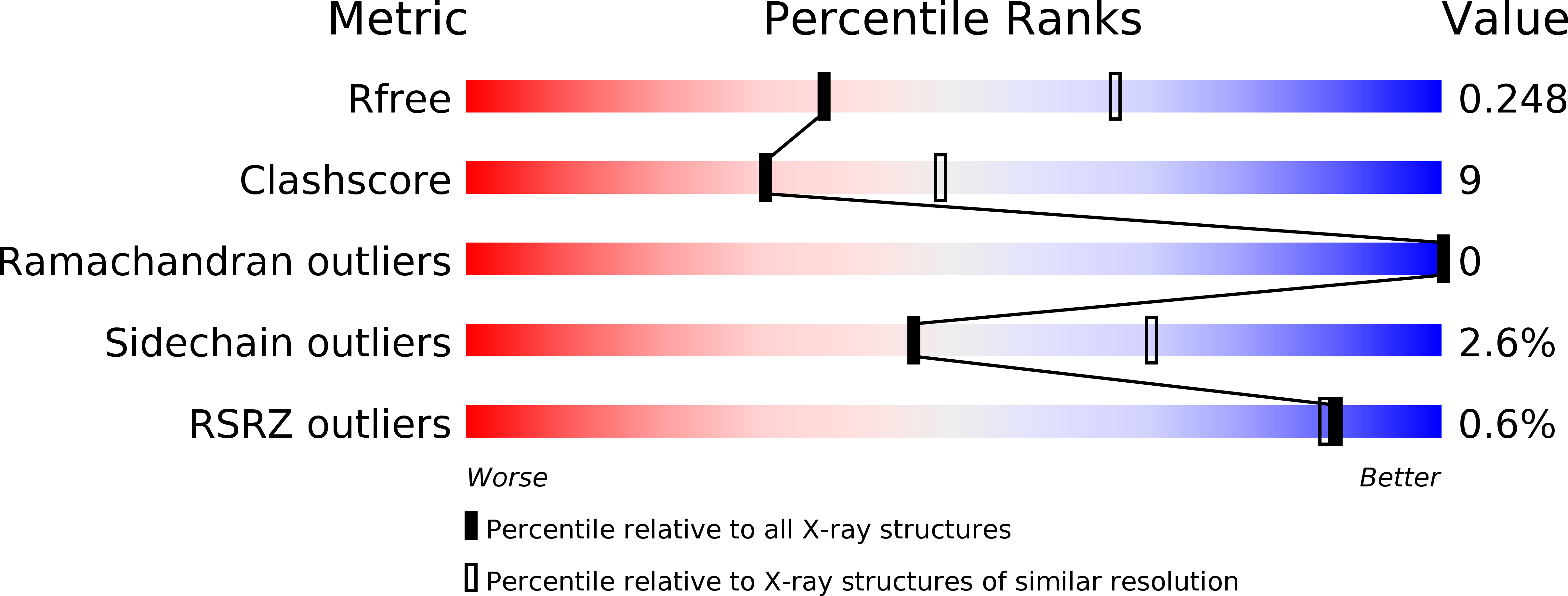
Deposition Date
2019-09-04
Release Date
2019-10-23
Last Version Date
2024-10-23
Entry Detail
PDB ID:
6U8C
Keywords:
Title:
Crystal structure of an engineered ultra-high affinity Fab-Protein G complex
Biological Source:
Source Organism:
Streptococcus sp. 'group G' (Taxon ID: 1320)
Homo sapiens (Taxon ID: 9606)
Homo sapiens (Taxon ID: 9606)
Host Organism:
Method Details:
Experimental Method:
Resolution:
2.61 Å
R-Value Free:
0.25
R-Value Work:
0.19
R-Value Observed:
0.20
Space Group:
P 32 2 1


